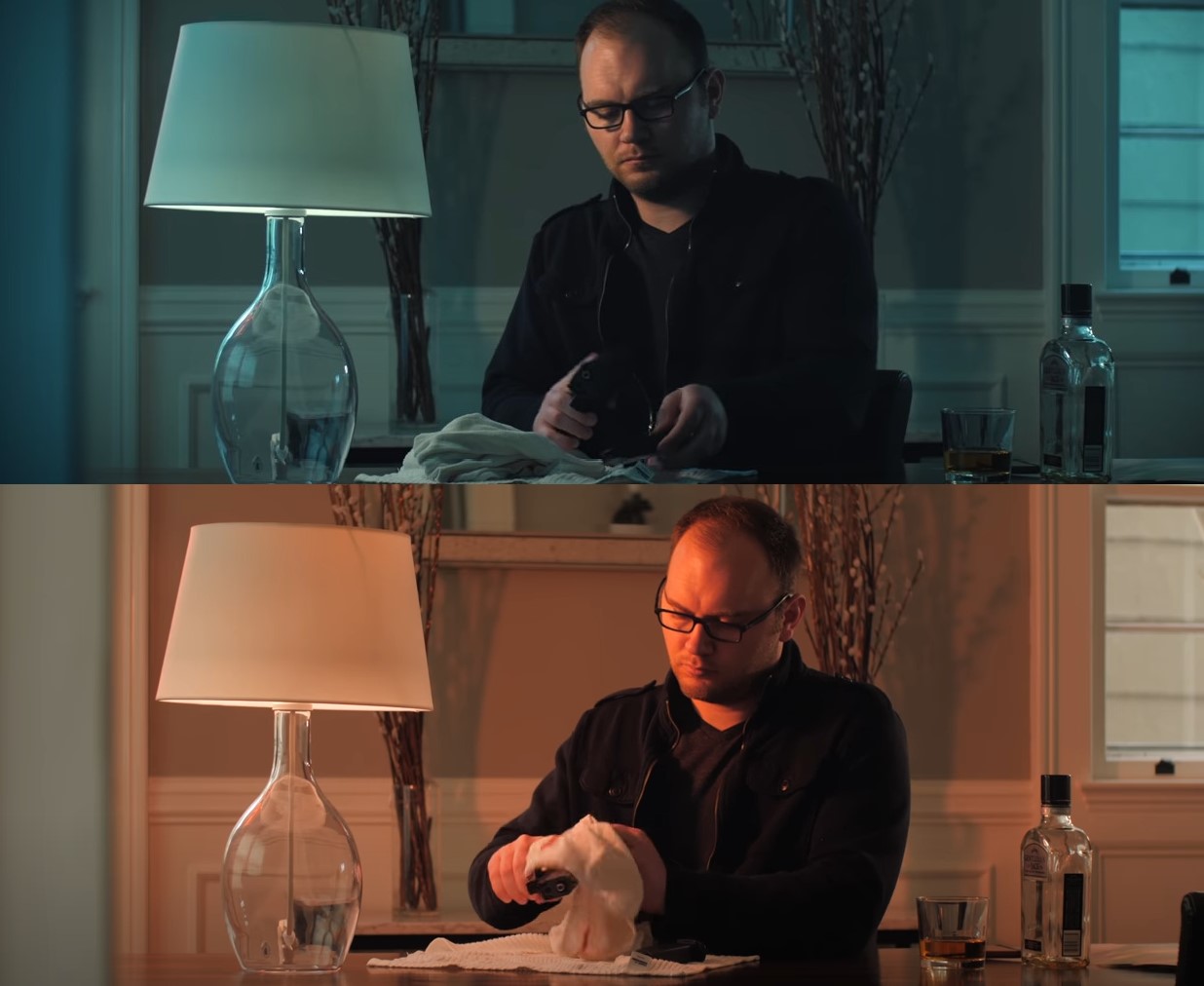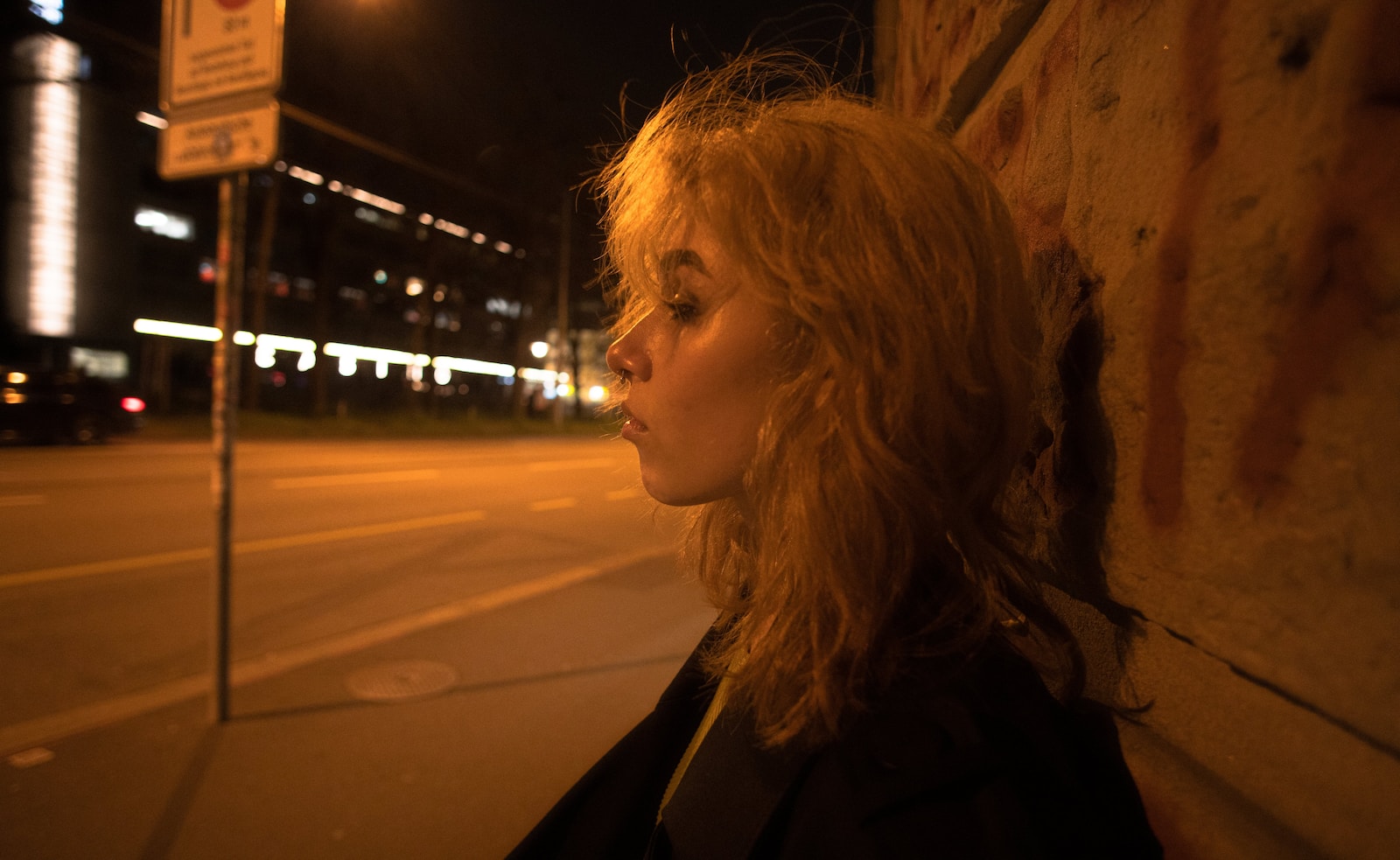Are you looking to take your green screen video production to the next level? Look no further! In this blog, we will explore the power of lighting and how it can be leveraged to create stunning green screen videos. Whether you’re a professional videographer or a beginner, understanding the role of lighting is crucial for achieving high-quality results. Join us as we dive into the art of light manipulation and studio lighting techniques that will bring your green screen videos to life.
Table of Contents
- The Importance of Lighting in Green Screen Video Production
- Leveraging Lighting for Green Screen Video Production
- Frequently Asked Questions
- 1. Why is lighting important in green screen video production?
- 2. What is the key to achieving a successful green screen video production?
- 3. How can I manipulate light to enhance my green screen video production?
- 4. What are some studio lighting setups commonly used for green screen video production?
- 5. Are there any specific lighting kits or equipment recommended for green screen video production?
- 6. Can I achieve professional-looking green screen video production without expensive lighting equipment?
- 7. Are there any specific online resources or tutorials that can help me learn more about lighting for green screen video production?
- 8. How important is post-production in achieving a high-quality green screen video production?
- Wrap Up:
The Importance of Lighting in Green Screen Video Production
When it comes to green screen video production, lighting plays a vital role in achieving seamless and realistic results. Proper lighting ensures that the green screen is evenly lit, eliminating any shadows or inconsistencies that could cause issues during the editing process. A well-lit green screen allows for easier extraction of subjects and provides a solid foundation for placing them in any desired backdrop or environment.
Understanding Studio Lighting Techniques
Studio lighting techniques are essential in green screen video production. By utilizing various lighting setups, you can control the brightness and contrast on the green screen, ensuring optimal conditions for chroma keying. Three-point lighting is a popular technique that involves using a key light, fill light, and backlight to create a well-balanced and flattering lighting setup. This helps eliminate any shadows while providing depth and dimension to your subjects.
Mastering Light Manipulation
Light manipulation is an art that every green screen videographer should master. The ability to manipulate light allows you to create different moods and atmospheres in your videos. By using techniques such as gels, diffusers, and reflectors, you can alter the color, intensity, and direction of light to match the desired tone of your video. Whether you want to create a bright and vibrant scene or a moody and dramatic one, understanding light manipulation is key.
Choosing the Right Equipment
When it comes to green screen video production, investing in the right equipment is essential. High-quality studio lights, such as softboxes or LED panels, provide even illumination and reduce the risk of flickering or color inconsistencies. Additionally, using specialized green screen lighting solutions, like green screen-friendly LED tubes, can further enhance the quality of your videos. Selecting the right equipment ensures that you have full control over the lighting setup and can achieve professional-looking results.
Tips and Tricks for Green Screen Lighting
To take your green screen video production to the next level, here are some tips and tricks to keep in mind:
- Position your subject at an optimal distance from the green screen to avoid unwanted spills and shadows.
- Use a light meter to ensure consistent lighting across the entire green screen.
- Experiment with different lighting angles to create depth and dimension.
- Consider incorporating practical lights or props to simulate the lighting conditions of the desired background.
Did you know that green screens were originally blue? They were switched to green because blue is the most common eye color, and using a green screen eliminated any potential chroma keying issues with people's eyes.
By leveraging the power of lighting, you can elevate your green screen video production and create visually stunning and immersive videos. Understanding the crucial role of lighting and implementing the right techniques and equipment will set you on the path to success. So, grab your lights, set up your green screen, and let your creativity soar!
Leveraging Lighting for Green Screen Video Production
The success of green screen video production heavily relies on effective lighting techniques. Properly lit green screen footage can seamlessly merge actors with virtual backgrounds, creating visually stunning and immersive videos. In this blog post, we will explore the crucial role of lighting in green screen video production and provide valuable tips and techniques to achieve outstanding results.
The Importance of Lighting in Green Screen Video Production
Lighting plays a pivotal role in achieving a professional-looking green screen effect. Without proper lighting, the chroma keying process can become exceedingly challenging, resulting in poorly blended visual elements.
By strategically manipulating light, you have the power to control shadows, eliminate unwanted reflections, and ensure consistent illumination across the green screen. This allows for smoother keying and compositing, making your videos appear polished and highly realistic.
Tips and Techniques for Effective Light Manipulation
1. Studio Lighting Setup: Investing in high-quality studio lighting is crucial for achieving optimal results. Consider using softbox lights or LED panels as your primary light sources. Position the lights at a 45-degree angle to minimize shadows and create an evenly lit green screen surface.
2. Key Light Placement: The key light is the main light source for your subject. Place it at a distance and angle that provides sufficient illumination without casting harsh shadows. The key light helps separate the subject from the green screen and gives depth to the shot.
3. Fill Light for Uniform Illumination: Use a fill light to eliminate any noticeable shadows on the subject or green screen. The fill light should be placed opposite the key light to balance the overall lighting and ensure the green screen is evenly lit without hotspots.
4. Backlight for Subject Separation: A backlight placed behind the subject helps create a rim of light, separating them from the background. This rim light adds depth and dimension to the shot, making the subject stand out and enhancing the overall visual appeal.
5. Eliminate Green Screen Spill: Avoiding green screen spill is crucial for achieving a clean composite. To minimize spill, ensure that the subject is positioned at an appropriate distance from the green screen. You can also use flags or light modifiers to control the light spillage onto the subject.
Mastering lighting techniques is essential for successful green screen video production. By understanding the importance of lighting and implementing the tips and techniques mentioned above, you can elevate the quality of your videos and captivate your audience. With proper lighting, you can create immersive virtual worlds, transport your viewers to new dimensions, and tell compelling stories through the power of green screen video production.
Frequently Asked Questions
1. Why is lighting important in green screen video production?
Lighting is crucial in green screen video production as it helps create a seamless and realistic visual effect. Proper lighting ensures that the green screen is evenly lit, allowing for effective keying and easy removal of the background.
2. What is the key to achieving a successful green screen video production?
The key lies in achieving consistent and uniform lighting on the green screen. This ensures proper separation between the foreground subject and the background, making it easier to replace the green screen with any desired backdrop during post-production.
3. How can I manipulate light to enhance my green screen video production?
Light manipulation techniques such as using key lights, fill lights, and backlights can help you control the lighting on both the subject and the green screen. By strategically placing these lights, you can create depth, dimension, and realism, resulting in a visually captivating final product.
4. What are some studio lighting setups commonly used for green screen video production?
Some popular studio lighting setups for green screen video production include the 3-point lighting setup and the 4-point lighting setup. These setups involve using different types of lights and positioning them in specific ways to achieve optimal lighting conditions for a green screen shoot.
5. Are there any specific lighting kits or equipment recommended for green screen video production?
While there are various lighting kits and equipment available, it is important to choose ones that offer adjustable brightness, color temperature, and angle control. LED panels, softboxes, and reflectors are commonly used in green screen video production to achieve desired lighting effects.
6. Can I achieve professional-looking green screen video production without expensive lighting equipment?
Absolutely! With careful planning and resourcefulness, you can achieve impressive green screen video production results without breaking the bank. DIY lighting setups using affordable alternatives such as household lamps, diffusers, and reflectors can also work effectively when used creatively and strategically.
7. Are there any specific online resources or tutorials that can help me learn more about lighting for green screen video production?
Yes, there are numerous online resources, tutorials, and video courses available that provide in-depth insights and practical tips on lighting for green screen video production. Websites like YouTube, Udemy, and Lynda.com offer a wide range of educational content for both beginners and professionals in the field.
8. How important is post-production in achieving a high-quality green screen video production?
Post-production plays a vital role in achieving a polished and professional-looking green screen video production. Even with perfect lighting during the shoot, proper chroma keying, color correction, and compositing techniques are required to seamlessly merge the subject and the background and deliver a visually stunning final video.
Wrap Up:
Lighting is the key to achieving professional-looking green screen video production. By understanding the importance of light manipulation and leveraging studio lighting techniques, you can create stunning visual effects and enhance the overall quality of your videos.
Remember to set up your green screen in a well-lit environment, use multiple lights to eliminate shadows and ensure even lighting across the screen. Experiment with different lighting positions and intensities to achieve the desired effect.
Now, it’s your turn! Have you tried green screen video production before? What are your favorite lighting techniques? Share your thoughts and experiences in the comments below. Let’s keep the conversation going!



